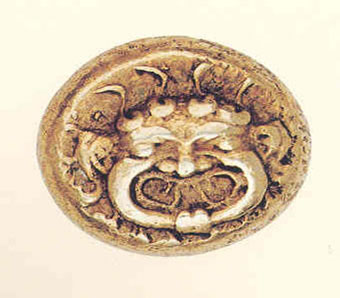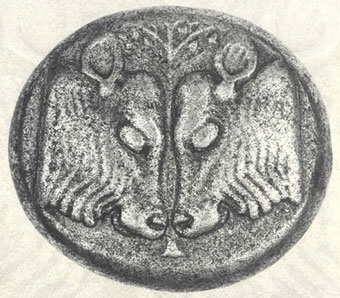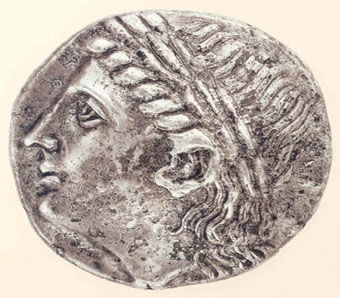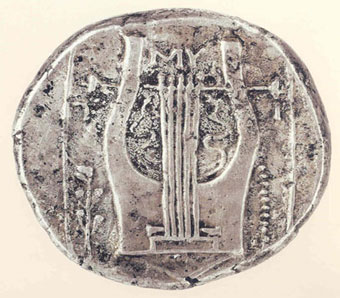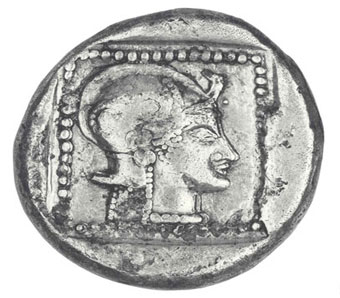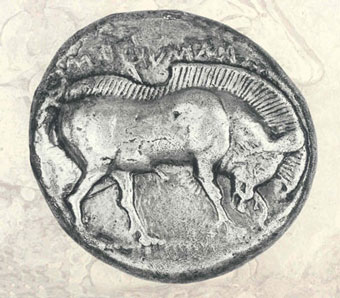Greek Islands Ancient Coins
"Lesvos Coin-Billon Stater,Silver Stater,Silver Didrachm"
Lesvos, the island of Sappho and Alkaios, and the main city of the Asian branch of the Aeolians, was also known as Makaria in ancient times, because it was a fertile island, rich in pasturage and cultivable land. Its geographical position, close to the other Aegean islands and the coast of the Aeolid opposite, made its harbours important staging posts in securing freedom of the seas and trade. Epigraphic evidence and the literary sources attest to the fact that the communication routes from north to south and from east to west passed through Lesvos. Freedom to sail the Aegean was guaranteed to Mytilenean sailors and merchants through decrees and agreements entered into with other cities. Of the ancient cities on the island, Mytilene and Methymna were the richest and most famous.
The Archaic coins of Lesvos include electrum staters of "crude" style, and smaller subdivisions (electrum hecte).
The coins of this category were succeeded by those made of a cheap silver alloy (potin) with a depiction of two ox-heads with an olive branch between them (5th c. BC). These are uninscribed, spherical coins which have a small, irregular incuse on the reverse. Their attribution to Lesvos is based on the fact that they were found on the island.
Mytilene
Mytilene can boast of a very large and interesting numismatic output. It was one of the three main mints producing electrum coins and functioned from the early 5th c. BC to the time of Alexander the Great, with a small break after 427 BC, when the inhabitants attempted to rebel against the Athenians. During this period, the electrum hecte was the main subdivision at Mytilene.
In the 4th c. BC, Mytilene issued silver didrachms, the scenes on which are influenced by the cult of Apollo, as god of music. The obverse depicts the head of Apollo crowned with a laurel wreath, accompanied by the lyre on the reverse.
The bronze issues are engraved with the head of Zeus accompanied by the xoanon (wooden cult statue) of Dionysos, which, according to tradition, was found in the sea by fishermen from Mytilene. The festival of the Theodaisia was celebrated at Mytilene in honour of Dionysos.
